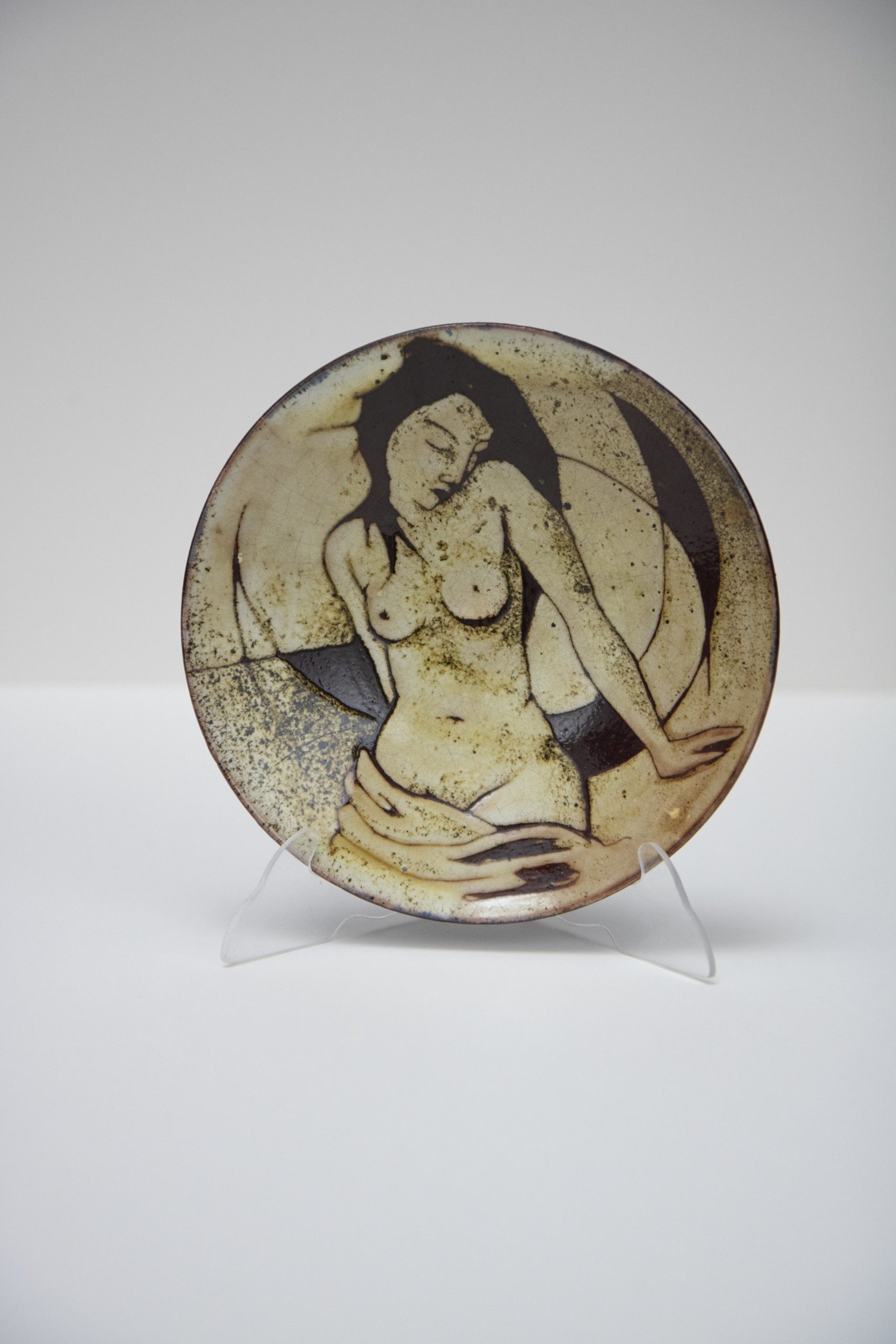
By Natalie Willis
A beautifully formed piece of handmade ceramic work, produced at the Chelsea Pottery in Nassau in 1960, serves as a great point of departure for talking about some of our Bahamian art histories. Clay work, like drawing and painting, has a history almost as old as humanity itself. Our legacy of pottery here begins with the indigenous peoples of The Bahamas – the Arawaks, Lucayans, and Tainos. As Dr Erica M. James lays out in her key text on Bahamian art history in “Bahamian Modernism”, our background of creative visual culture is much richer and varied than we tend to hear about.
These nomadic and remarkably ingenious peoples carried pottery with them from South America until they reached our limestone archipelago around 500-800 AD. After that, the Spanish and British and even the French who settled in the Abacos in the 1500s would have brought with them their various styles of earthenware vessels. From colonialism to modern capitalism, clay goods have long been used to mark the presence and development of different societies.
Some might be complacent in thinking that our history begins and ends with slavery and colonialism – and while it has been perhaps the most momentous and impactful part of our history, the route from the first wave of colonialism with the Spanish and Christopher Columbus, the various attempts by other Europeans after that, British subjugation and slavery, is by no means the start or end of our story. We have even had clay materials–via Sahara Dust– blown in from the African continent for millennia, sedimenting themselves in red soil and blue holes for longer than memory could ever serve. It is a rich history underpinning the context around the production of this unassuming little plate, shown in the R. Brent Malone retrospective “Reincarnation” at the NAGB in 2015.
The Chelsea Pottery brought with it a paradigm shift for creative practice in The Bahamas, did not mark the start of art education in The Bahamas. With the Chelsea Pottery (and subsequent Bahamian Pottery) came a noted shift and change of pace toward a better local understanding and appreciation of Bahamian visual culture and art as a viable profession in our society. Until the British-based pottery workshop found a space in The Bahamas, which opened in 1957 in Nassau thanks to its inception under Harold Christie and Sir Francis Peek, there had only been two notable art educators documented: Horace Wright and Don Russell. The former, the only art teacher in public schools in the entire country in the 1950s (you read that right), and the latter the first formally trained Bahamian artist to open an art school (in 1950). The last avenue for learning about art history and creative practice was British immigrant David Rawnsley at the aforementioned pottery studio, assisted by a “small group of dedicated artists who hoped to develop the skills of a generation that would go on to become some of this country’s most well-known artists including Kendal Hanna, Maxwell “Max” Taylor, Brent Malone and a very young Eddie Minnis” (James, 2011).
Brent Malone, who upon graduating from Queens College in 1957, would go on to join the hotspot that was the Chelsea Pottery, finding fast friends in the other artists he met there: Taylor, Hanna, Crofton Peddie, and J. Carl Rahming. The troupe of artists would go on to make plates precisely like the one shown, with a series of other designs depicting Bahamian flora and fauna and these experimentations in what has been coined “Bahamian Modernism” by James.
Much of Bahamian art as we currently know it was founded in this genre of art making historically associated with the feminine (due to its usage in domestic spaces throughout time), so often relegated to the world of craft, and some may say this balance of masculine and feminine energies was key in nurturing the creative spirits of so many of those artists we look to for inspiration today.
